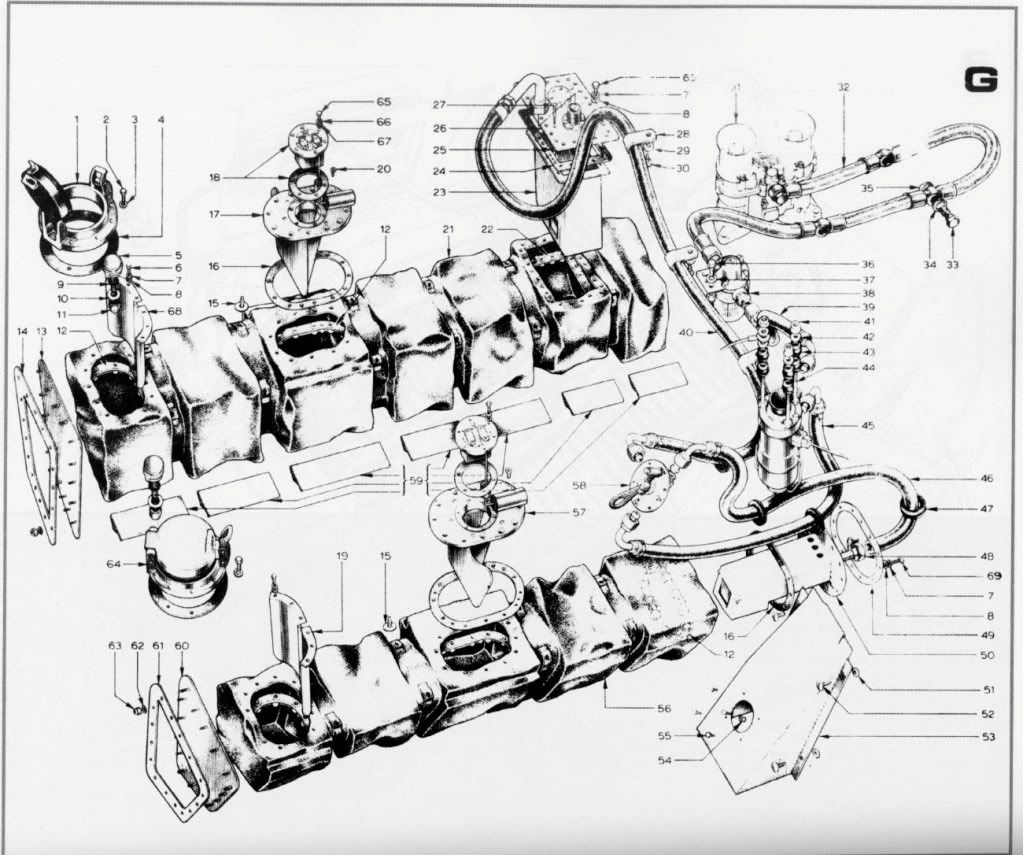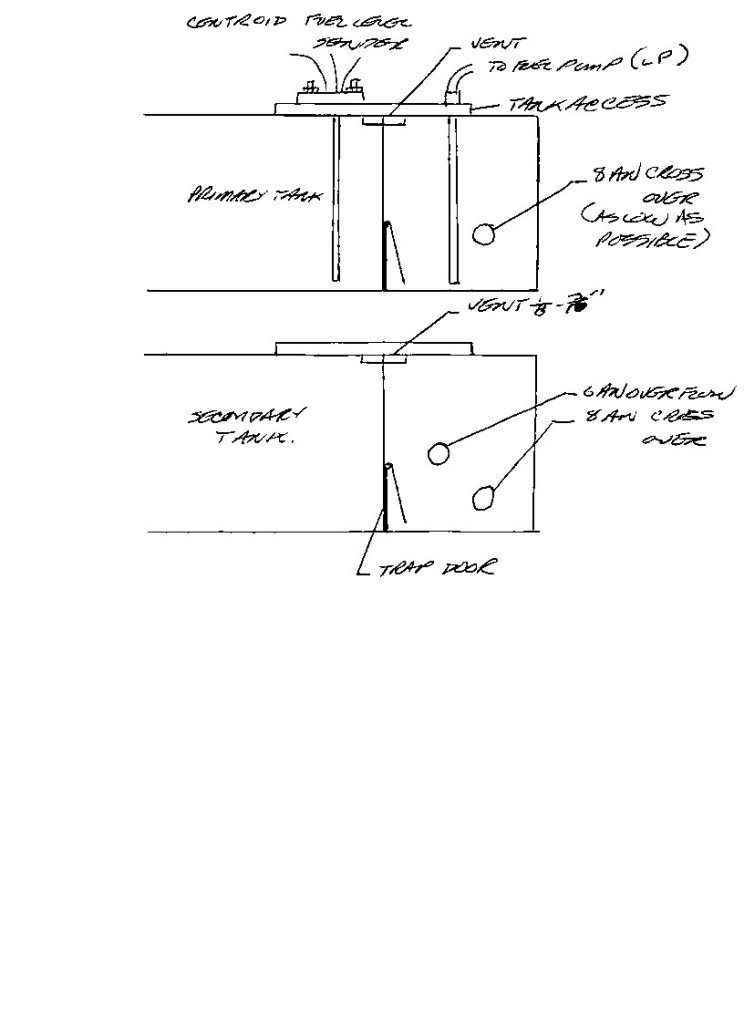Chris Kouba
Supporter
Thinking about how to run the twin main tank system with a swirl pot for my car, I am trying to keep things as simple as possible. I have come up with my ideal solution but from my current level of exposure to this topic, there doesn't seem to be many people running in this manner.
I know there is an extensive amount of knowledge on this board. My question is will this work?
I have a stand alone EFI system (Edelbrock Proflow). My chassis (RCR) has a small tank built in to the tail end of the left sponson (3-5 gal est) as well as two full size tanks in the traditional sponson locations.
My idea is to pull fuel with a low pressure (i.e. carb) fuel pump from each sponson, through a one-way check valve into the swirl pot. Basically two main tanks with one way low pressure feeds to the swirl pot. The EFI pump would then pull fuel from and return it to the pot for running the motor.
This would theoretically give me the lower ambient temp fuel supply from the circulating HP loop as well as the ability to control which tank supplies the swirl pot (each main tank pump individually switched).
Pros: no pollack valve, fancy plumbing and associated headaches; much simpler
Cons: would the one way valve do its job and stop the supplying tank from pushing fuel to the opposite sponson when the swirl pot is full? Don't know.
I've bounced the idea off a few people and it seems like it'd work. I want to know what this target audience thinks... Thoughts, opinions, recommendations?
Thanks in advance!
I know there is an extensive amount of knowledge on this board. My question is will this work?
I have a stand alone EFI system (Edelbrock Proflow). My chassis (RCR) has a small tank built in to the tail end of the left sponson (3-5 gal est) as well as two full size tanks in the traditional sponson locations.
My idea is to pull fuel with a low pressure (i.e. carb) fuel pump from each sponson, through a one-way check valve into the swirl pot. Basically two main tanks with one way low pressure feeds to the swirl pot. The EFI pump would then pull fuel from and return it to the pot for running the motor.
This would theoretically give me the lower ambient temp fuel supply from the circulating HP loop as well as the ability to control which tank supplies the swirl pot (each main tank pump individually switched).
Pros: no pollack valve, fancy plumbing and associated headaches; much simpler
Cons: would the one way valve do its job and stop the supplying tank from pushing fuel to the opposite sponson when the swirl pot is full? Don't know.
I've bounced the idea off a few people and it seems like it'd work. I want to know what this target audience thinks... Thoughts, opinions, recommendations?
Thanks in advance!



